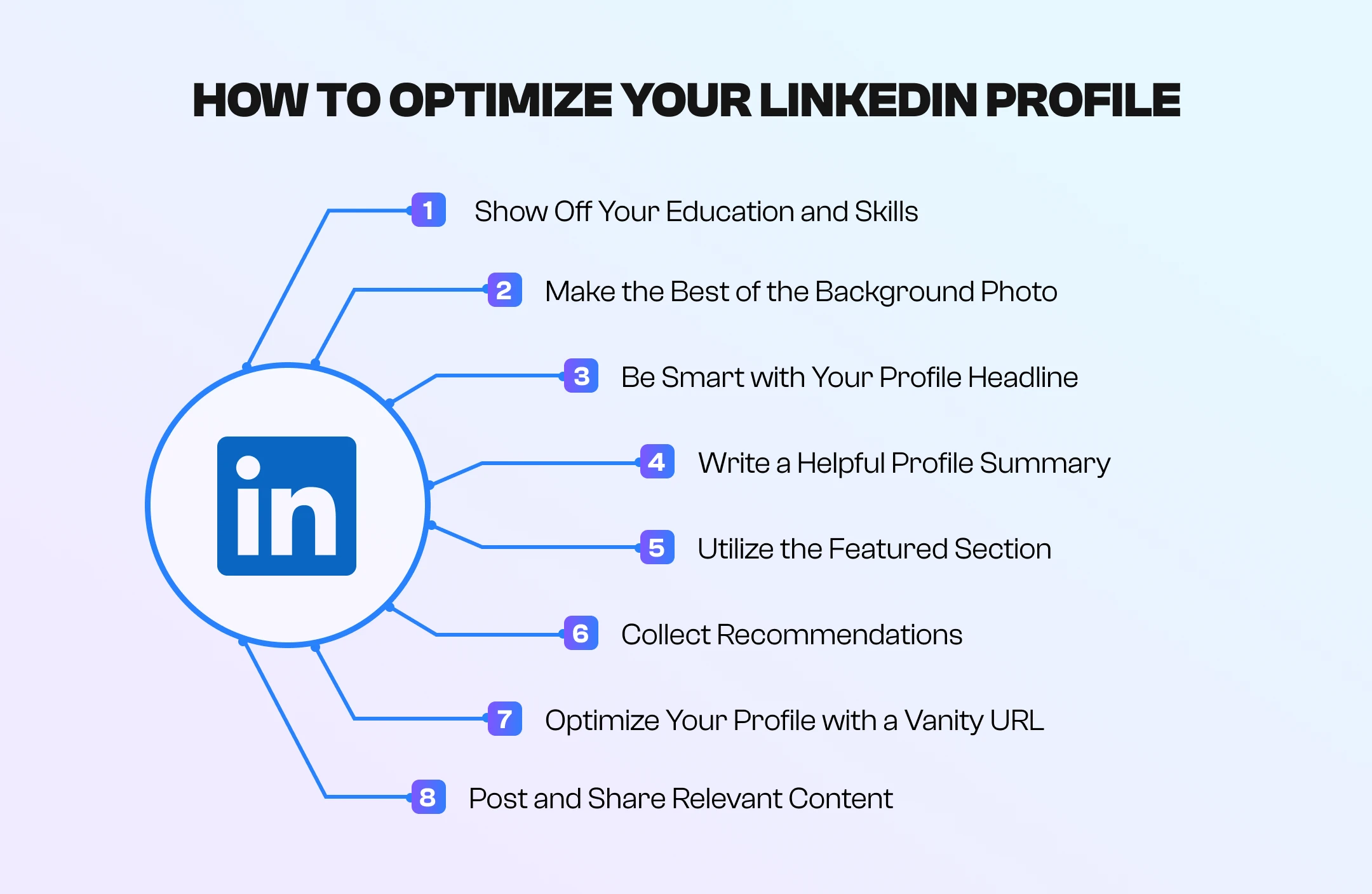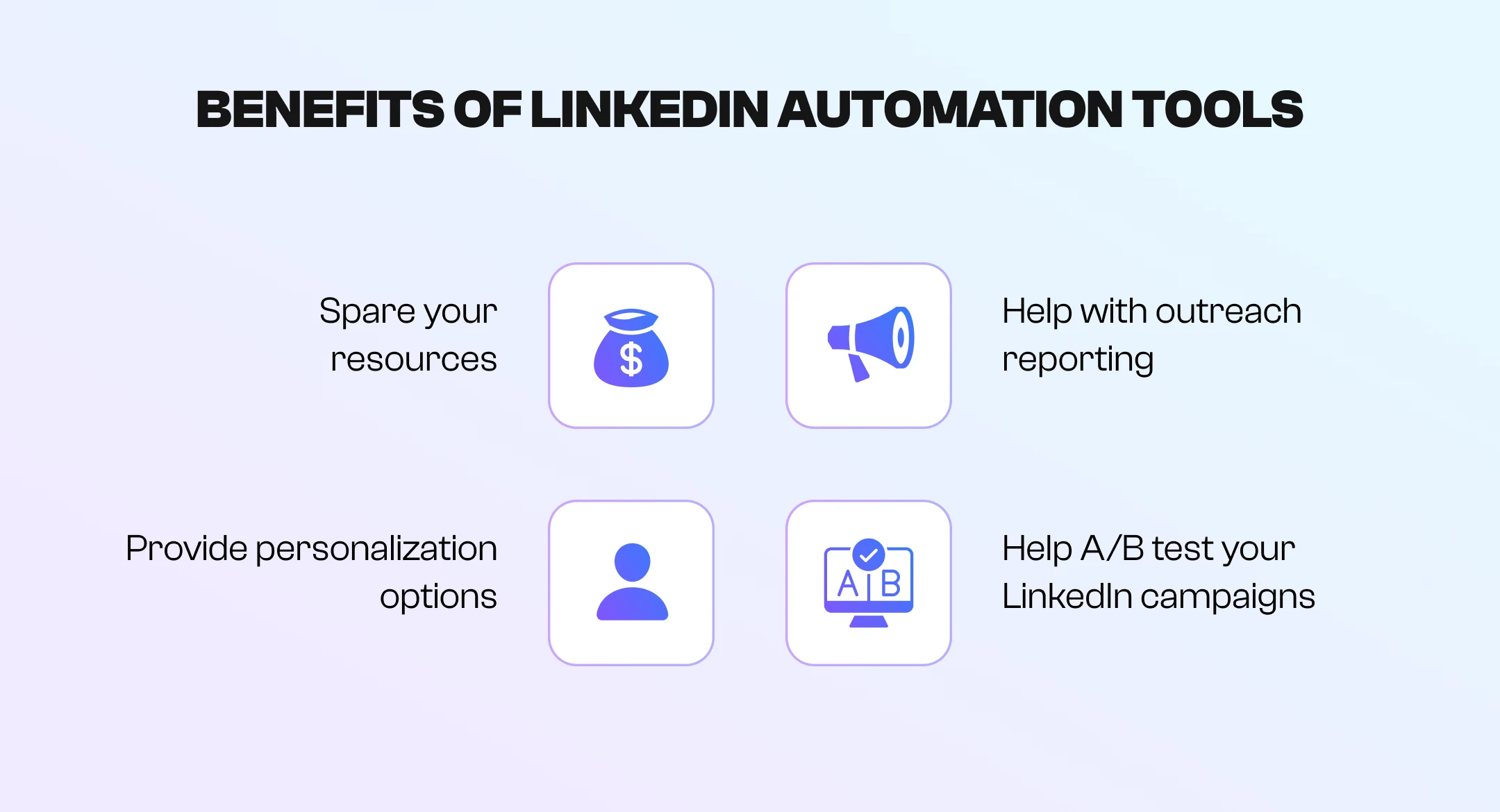It started with a single comment. One line on someone’s post that led to a profile view, then a message, then a client. That’s how it happens more often than you’d think. LinkedIn isn’t a cold-calling machine. It’s not about blasting your offer in the DMs. It’s about showing up, showing value, and showing you understand who you’re talking to. Positioning. Presence. Persistence.
And if you’re wondering whether it’s worth the effort, consider this: generating leads on LinkedIn is 277% more effective than Facebook, according to HubSpot.
- Why LinkedIn Lead Generation Is Worth Your Time
- Building the Digital You—Optimizing Your Profile
- Visibility Through Value—Creating Content That Connects
- Conversations Over Campaigns—Mastering the DM
- Using LinkedIn Tools—From Search to Sales Navigator
- Segment and Serve—Tailoring to Personas
- Measure, Refine, Repeat—The Long Game
- Conclusion
Why LinkedIn Lead Generation Is Worth Your Time
You’ve tried cold emails. You’ve tested paid ads. Maybe even dabbled in SEO, hoping traffic turns into leads. So why LinkedIn? What makes it different?
Because on LinkedIn, you’re not interrupting—you’re showing up in the right room.
This is where your buyers are already thinking about work. Their heads are in strategy, goals, and KPIs. They’re not scrolling past baby photos or memes but looking for insight, ideas, and solutions. That’s your window.
LinkedIn has over 1 billion users, and 4 out of 5 use it to make business decisions. No other platform gives you this kind of access to decision-makers without needing a six-figure ad budget.
There’s also a trust factor. When someone gets a connection request or message on LinkedIn, it doesn’t feel like spam—it feels like a professional reaching out. The context matters. You’re not cold-pitching someone on Instagram during their lunch break.
And here’s the kicker: organic reach still works, especially on personal profiles. You don’t need 100,000 followers. You just need consistency and relevance. Even small accounts can pull actual reach with the right posts and comments.
Plus, LinkedIn is unmatched when it comes to B2B targeting. You can find the right people by job title, industry, location, and company size without guessing or buying a list.
If you’re in B2B and not using LinkedIn for B2B lead generation, you probably work harder than you need to.
Building the Digital You—Optimizing Your Profile
Ever comment on a post, get a few profile views, and… nothing happens? That’s when people decide whether you’re worth connecting with or forget you completely.
Think about it: someone clicks your name because you said something smart. They land on your profile. What do they see? A headline that says “Business Development Manager” and a summary that reads like a LinkedIn template? That’s a lost lead.
Your profile isn’t a resume—it’s the foundation of your LinkedIn for lead generation strategy. Treat it like one. Every section should guide the viewer to one clear thought: “This person gets what I’m dealing with.”

Start with your headline. Instead of your job title, write something that shows the problem you solved and who you solved it for. For example:
“Helping B2B tech startups fix their outbound game and book more meetings”
Then, write a summary that sounds like a real person, not a corporate brochure. Tell them who you help, what problems you solve, and how you do it. Keep it conversational—imagine introducing yourself at a coffee meetup, not a boardroom.
Don’t sleep on the Featured section. This is your digital proof: case studies, short PDFs, LinkedIn posts that performed well, podcast interviews, and lead magnets. Pin them. Let your work speak for itself.
That one click from a comment? If your profile tells the right story, it can be a booked call.
Want personalized feedback on your LinkedIn profile? Let’s book a call!
Visibility Through Value—Creating Content That Connects
A consultant I know started posting once a week, short, helpful tips about mistakes to avoid in her industry: no links, no hard sell, just real, helpful advice. For the first few weeks, barely anyone noticed. A like here, a comment there. But she kept going.
Three months later? Prospects started appearing in her inbox with the same line: “I’ve been following your posts for a while…”
That’s the magic of generating leads on LinkedIn—content compounds over time.
And here’s why it works: LinkedIn individual posts get 561% more reach than company pages (LinkedIn data).
You don’t need a logo. You need a voice.
So, what do you post?
- Document posts that simplify something complicated. Think “Step-by-step: How I helped a client cut demo no-shows by 50%.”
- Stories from your experience—even small ones. “We almost lost a deal last week because of one line in our proposal. Here’s what I learned.”
- Insights from your space. Share trends, shifts, wins, and losses. You don’t need to spill trade secrets—just offer something that makes people think.
The key? Be consistent and helpful. Don’t worry about likes; you’re building silent trust.
Don’t post to sell. Post to help—that’s how to generate leads using LinkedIn while building trust instead of pitching. And when they’re ready to buy? You’ll be the first name they think of.
Conversations Over Campaigns—Mastering the DM
Let’s say someone connects with you after a webinar. You could fire off a pitch immediately… or try something different.
You send a message that says, “Hey, I saw you attended the session on outbound. I’m always curious about how to generate B2B leads on LinkedIn. What stood out to you?”
No pitch. Just a question. And just like that, you’re having a real conversation.
Most people go wrong here. They treat DMs like cold calls instead of coffee chats. But here’s the thing: 72% of customers engage only with personalized messaging. Generic outreach gets ghosted. Always.
So, what works?
- Personalized intros. Reference a comment, a post, or something from their profile.
- No hard pitch in message one. Let the conversation breathe.
- Follow-ups that make sense. If they liked your post or responded to your comment, that’s a green light.
Here’s a simple line that opens a ton of doors:
“Hey [Name], I saw your comment on [Topic]. It was a sharp take. Curious how you’re approaching that on your side.”
It shows you’re paying attention. It starts a conversation. That’s how trust builds.
Connection is currency. Spend time getting to know someone before asking for anything. When the time is right, they’ll ask you.
Using LinkedIn Tools—From Search to Sales Navigator
You’ve got the basics down. Your profile’s tight, your content’s working, and your inbox isn’t a ghost town. Now you’re thinking—how do I scale lead generation on LinkedIn without burning out? How do I find more people without spending all day scrolling?

That’s where LinkedIn for lead generation becomes a game-changer, especially when you use tools like Sales Navigator.
Let’s start simple: Advanced Search.
With a free account, you can filter by job title, company, location, and industry—enough to build a solid list of potential leads. Want to connect with Heads of Marketing in SaaS companies with under 200 employees? Done in 30 seconds.
If you’re serious about lead generation on LinkedIn, Sales Navigator is your best friend. It gives you access to deeper filters (seniority level, company growth, posted content, etc.), plus alerts when someone changes jobs, posts something new, or gets mentioned in the news. It’s like having a CRM built right into LinkedIn.
LinkedIn Business says Sales Navigator users report 17% higher win rates.
You can also run highly targeted campaigns using Lead Gen Forms. I’ve seen teams get 50 leads in a week off one well-placed ad because the form auto-fills with a user’s profile data—fewer clicks = more conversions.
But here’s the catch: none of these tools replace you.
Automation is only useful when your message still feels human. Tools are amplifiers—not replacements for effort. Use them to get smarter, faster, and more focused. But keep the voice, the curiosity, and the empathy 100% yours. That’s what gets replies.
Segment and Serve—Tailoring to Personas
Two messages. Same offer. One went to a CEO, the other to a Head of Operations.
The CEO left it on read. The Head of Ops replied within five minutes and asked for a call.
Why? Because only one message spoke to the real problem that the person was trying to solve.
Personalization isn’t just using someone’s name—it’s speaking their language. A CEO wants outcomes: growth, margins, vision. A department lead cares about process, time, and execution. Same product, different priorities.
You’re missing the mark if you don’t tailor your outreach by role, company size, and context.
Here’s what helps:
- Role-specific pain points. A CFO might care about cost savings, while a Sales Manager wants faster ramp-up time for reps.
- Company size matters. A startup thinks fast and scrappy. An enterprise needs structure and proof.
- Use their content. If they posted about hiring, mention how your solution could support that. If they comment on industry trends, ask what they’re seeing.
Every role has its pressure points. The better you understand them, the more natural your message will feel—and the more likely you will hear back.
“Selling to a CEO is different from engaging with a department lead. Speak their language.” Otherwise, you’re just noise.
Measure, Refine, Repeat—The Long Game
You post five times. Send a handful of messages. Run one outreach campaign. Crickets.
It’s tempting to call it a loss. But then, month three rolls around, and someone you don’t remember connecting with slides into your DMs:
“Hey, I’ve been following your stuff for a while. Can we talk?”
That’s how it usually goes. The wins don’t show up on day one. They show up because you didn’t stop on day one.
Generating leads on LinkedIn is a long game. And like any strategy, it only improves if you track what’s working.
Here’s how to keep it sharp:
- Review your post analytics weekly. What gets views? What sparks comments? Double down on that.
- Test messaging styles. Formal vs. casual, short vs. long. Adjust based on who’s replying.
- Track conversions. How many profile views turn into conversations? What type of content leads to the most replies?
Do you need a reason to keep going? The Rain Group found that it takes 8+ touchpoints to generate a viable sales lead. That means staying present, even when it feels quiet.
“The most consistent players win. LinkedIn rewards time, trust, and track record.”
So keep posting, refining, and showing up. While others give up after week two, you’ll be the one people remember in month three.
Conclusion
Back to where we started—that single comment that led to a profile view, a message, and a client. No funnel. No script. Just one helpful thought, shared at the right time, seen by the right person.
Generating leads on LinkedIn isn’t about hacks. It’s not about chasing algorithms or copying viral posts. It’s about habits.
You speak up by sharing real value—that’s how to generate leads on LinkedIn consistently. You follow up with curiosity, not pressure.
People notice. People remember. And eventually, people reach out. Keep showing up—that’s how leads find you.
Want to shortcut the guesswork and get a proven LinkedIn lead generation system tailored to your business?
Let’s map out a lead generation strategy that works

